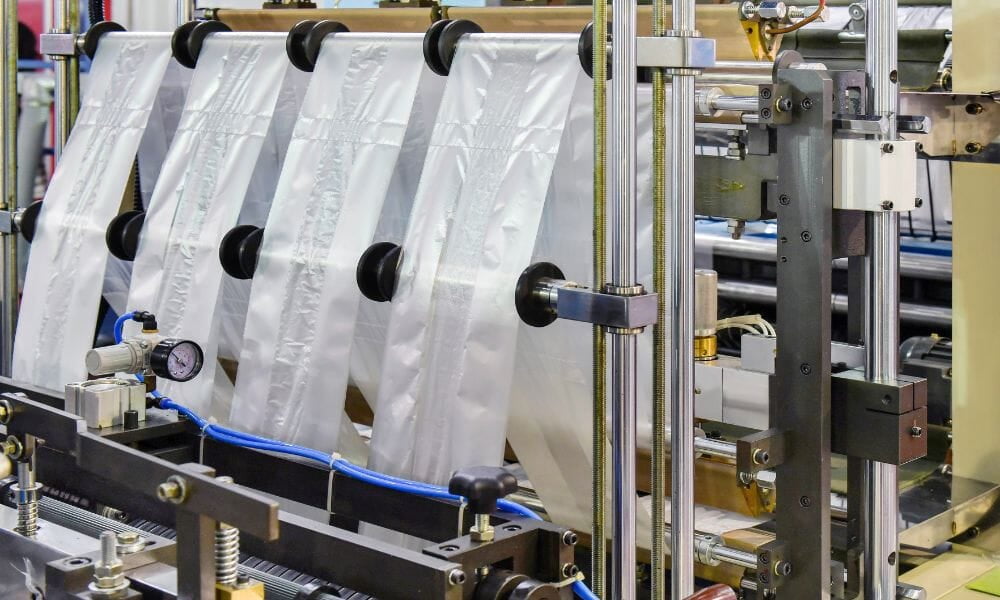
Filling and sealing bags protects products from contamination, damage, and spoilage during storage and transportation. Additionally, this process provides a professional appearance and maintains product freshness, enhancing consumer trust and satisfaction.
Automated bagging machines are advanced equipment designed to streamline the process of packaging products by automatically filling and sealing bags. If you’re hesitant to make the switch, review these signs your facility needs automated bagging and explore the benefits of automation.
Increased Order Volumes
If your facility experiences a surge in orders, manual bagging operations can struggle to keep pace with demand. As demand scales, the inefficiency of manual bagging can result in bottlenecks that affect throughput and delay shipments.
In contrast, automated bagging systems handle high volumes with consistent speed. Their efficiency and reliability help your packaging line meet increased demand without sacrificing service quality. Maintaining high throughput rates reduces lead times and boosts customer satisfaction.
Packaging Errors and Inconsistencies
Incorrectly packaged products are a serious sign your facility needs automated bagging. The quality of manual bagging suffers from human error, and packaging inconsistency can compromise your brand’s reputation. Automated systems minimize these risks through precision and repeatability, processing each package to your facility’s standards.
In addition to human error, packaging variability can arise from factors such as worker fatigue and differing employee skill levels. Incorrectly packaged products can lead to customer complaints, returns, and, ultimately, lost revenue. Automated bagging machines deliver uniform sealing and presentation, which are key aspects that uphold the integrity of your products during transit and create a positive unboxing experience for end consumers.
Cost Inefficiencies
Labor costs associated with manual bagging can contribute substantially to a packaging line’s overall operational expenses, particularly as wages rise and the search for reliable labor becomes more challenging. Automation significantly reduces the number of personnel required for bagging operations, redistributing them to areas of the facility that provide greater ROI. And because automatic bagging requires less human intervention than manual methods, it reduces the potential for workplace injuries associated with repetitive motion and manual labor.
Automatic baggers can also save on costs by reducing material waste. Precise systems eliminate the need for overwrapping or reworking bags, minimizing material expenses and labor costs.
Making the switch to automated bagging can help your business stay competitive and meet demand, improving the speed, accuracy, and flexibility of your packaging line. Explore automated solutions today to future-proof your operations.
